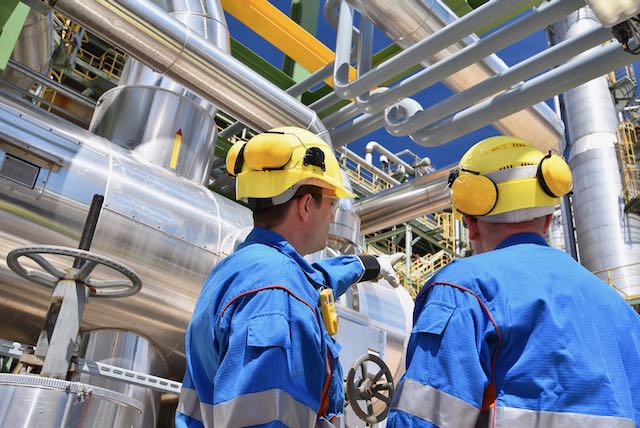IOGP Lesson Sharing: Gas in Riser Incident

Gas in riser incident: An influx circulated up into the riser despite a flow check observed stable.
A gas in riser incident occurred during while drilling a 17 ½ section on a subsea well — a significant increase in background gas was observed. After a flow check, which was observed stable, it was decided to circulate the well. Background gas staying high. After an hour of circulation, some mud and gas were overflowing at the rig floor bushing & shakers due to gas break out in the riser. The well was shut-in and the riser had to be circulated. Mud Weight was later increased with a driller’s method.
This gas in riser lesson sharing reminds us of the difficulties in interpreting a flow check when formation gas can be dissolved in Synthetic Based Mud at the bottom.
The monitoring of the fluid primary barrier should also include some clear gas management criteria such as maximum acceptable Back Ground Gas and Connection Gas. This is of a prime importance in order to prevent any “gas in riser” incident.
What happened?
While drilling a 17-1/2″ section with 1.26 SBM, stand on bottom reaching 2468mMD, observed BGG increasing from 1-2% to 30%. Stopped circulation and performed flow-check. The well was stable.
Resumed circulation at drilling flow rate for 1h40. Observed gas was remaining >25% (peak at 37%), SPP was reducing but there was no gain or flow-out increase.
After 1h circulation, observed gas expansion below the rotary table with mud rising at the bushing, overflow at the gumbo box and the methane sensor triggered in the shaker room.
Shut in the well on UAP, started monitoring pressures while circulating the riser. Increased the booster progressively up to 1700lpm to manage gas break out. Observed gas reducing down to 10%, volume stable.
SICP increased to 60psi in 30min and then reached 150psi in 2.5hr. Performed drillers method with 1.31 sg kill mud.
Displaced riser to 1.31 sg mud and resumed drilling.
What went wrong?
- Appraisal well – geological uncertainties.
- Difficulties in detecting increase in volume returns – only gas shows.
Corrective actions and recommendations
Transfer and capture experience for new wells in area.
Content source: IOGP (International Organization of Oil and Gas Producers), “An influx circulated up into the riser despite a flow check,” IOGP WCI Lesson Sharing 23-9.



